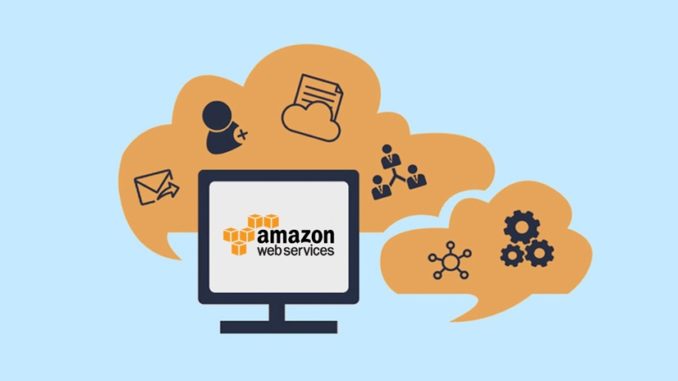
According to a study by research firm ThousandEyes, the performance of cloud platforms from the world’s three largest cloud computing service providers (AWS, Google Cloud, and Microsoft Azure) is very different, and their network connectivity is one of the important reasons.
Most IT professionals choose cloud computing providers based on price or proximity to users, but they should also consider their network performance. As seen in the report released by ThousandEyes, the underlying network architecture of large cloud providers has a significant impact on performance. The cloud platform performance of cloud computing service providers varies widely.
In its first annual public cloud benchmark report, ThousandEyes compared the global network performance of three of the world’s largest public cloud providers—Amazon Web Services (AWS), Google Cloud Platform (GCP), and Microsoft Azure. The network management company studied network performance (delay, packet loss, jitter) and connectivity architecture. It also tested user-to-cloud connectivity from 27 cities worldwide to 55 AWS, Azure, and GCP cloud regions, and tested internal connections between cloud regions and cloud regions in all three cloud provider networks. In addition, they tested network connectivity across all 55 cloud areas on a cloud basis.
Using the AWS cloud platform means more adoption of the public Internet
Perhaps the most interesting finding of ThousandEyes’ survey report is that the network design of the AWS cloud platform forces user traffic to use the public Internet for most of the time between the user’s location and the AWS cloud zone. This is in stark contrast to Microsoft Azure and the Google Cloud Platform (GCP), which absorbs traffic in the cloud area close to users and uses their private network for as long as possible.
There are some technical differences in its network design that lead to this situation, but the end result is that the AWS cloud platform routes user traffic from its backbone to its geographic location close to the area.
In cloud areas where fiber lines are densely populated, such as the United States and Europe, and where bandwidth is abundant, their Internet performance and private network performance do not change much, so users are less likely to notice the difference. However, in countries and regions where there are fewer fiber-optic lines in Asia, Internet performance may vary, resulting in unpredictable performance differences. Tests show that in Asia, the standard deviation of AWS network performance is 30% higher than GCP and Azure.
The performance of the cloud area is related to the services of the cloud provider
Another major finding is that there are some cloud areas where the anomalies are different because of the vendor. For example, the Google Cloud Platform (GCP) has a strong global network, but there is no fiber routing between Europe and India. This means that traffic from London to Mumbai will be three times longer than traffic on Microsoft Azure or AWS. This can have a major impact on the quality of real-time applications such as voice and video.
All three cloud computing service providers continue to invest in strengthening their networks to fill such gaps, but there are always differences in different networks.
Other cloud area differences include:
- In Asia, the network performance of the AWS cloud platform is 56% more stable than Azure, and its stability is 35% lower than Microsoft Azure.
- When connecting Europe to Singapore, Microsoft Azure is 1.5 times faster than AWS and Google Cloud Platform (GCP).
Now is a good time for companies to adopt multi-cloud
One issue that corporate IT leaders have always been concerned with is how AWS, Google Cloud Platform (GCP), and Microsoft Azure work together. They compete with each other but also work together to ensure that customers can adopt a cloud strategy. Test results show that there is a wide connection between the backbone networks of the three major cloud computing providers. Customers who are cloudy can use it with confidence. Traffic between the Google Cloud Platform (GCP), Microsoft Azure, and AWS rarely traverse the public Internet. The performance of these three cloud areas is stable and reliable, so users can show their talents in cloud applications.
The study emphasizes that networks are critical in cloud computing performance, and the only way to truly understand the situation is to collect data and measure performance. The Internet is always changing, and the research conducted by ThousandEyes is a good snapshot of the current situation. But things are constantly changing. Companies should continue to collect network intelligence and measure their performance to ensure they can get the services they expect from cloud computing service providers.
Article source: http://www.idcquan.com/